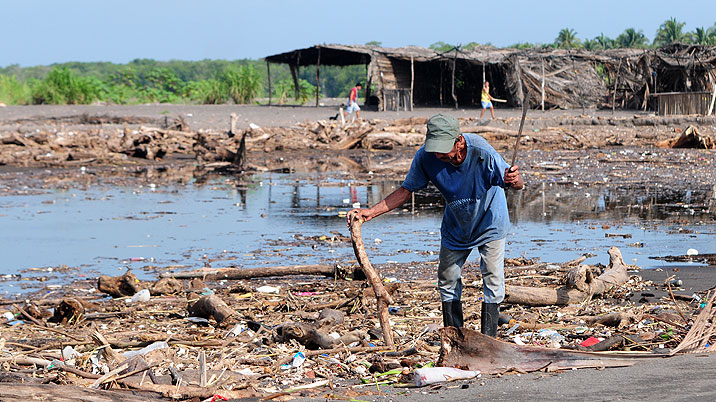CHALLENGE
Guatemala has been severely affected by natural hazards including volcanic activity, hurricanes, and landslides. The worst disaster was the 1976 earth- quake that killed over 23,000 people and resulted in economic damages estimated at 17.9 percent of gross domestic product (GDP). Over the last decades, further events caused additional human and economic losses, such as Hurricane Mitch (4.7 percent of GDP), the 2001 drought (0.1 percent), and Hurricane Stan (3.4 percent).
This high exposure to natural hazards has threat- ened the sustainability of social programs. Funding resources for social programs were repeatedly diverted to disaster response activities and the subsequent recovery process, without being replenished later. This resulted in an even worse situation for the underprivileged.
SOLUTION
To address this challenge, the Guatemalan Government took significant steps towards a more proactive approach to disaster risk management and comprehensive disaster risk reduction and financing strategies. These efforts culminated in the adoption of the 2009-2011 National Program for Disaster Prevention and Mitigation (NPDPM).
The Guatemala Disaster Risk Management Devel- opment Policy Loan with a Catastrophe Deferred Drawdown Option (CAT DDO) was designed to support the implementation of Guatemala’s national disaster risk management program and provide liquidity in the event of adverse natural events. Unlike traditional instruments to finance disaster response and recovery, the CAT DDO makes urgently needed resources available im- mediately after a declaration of emergency. This innovative mechanism allowed the Government to access $85 million to respond to the impacts.

